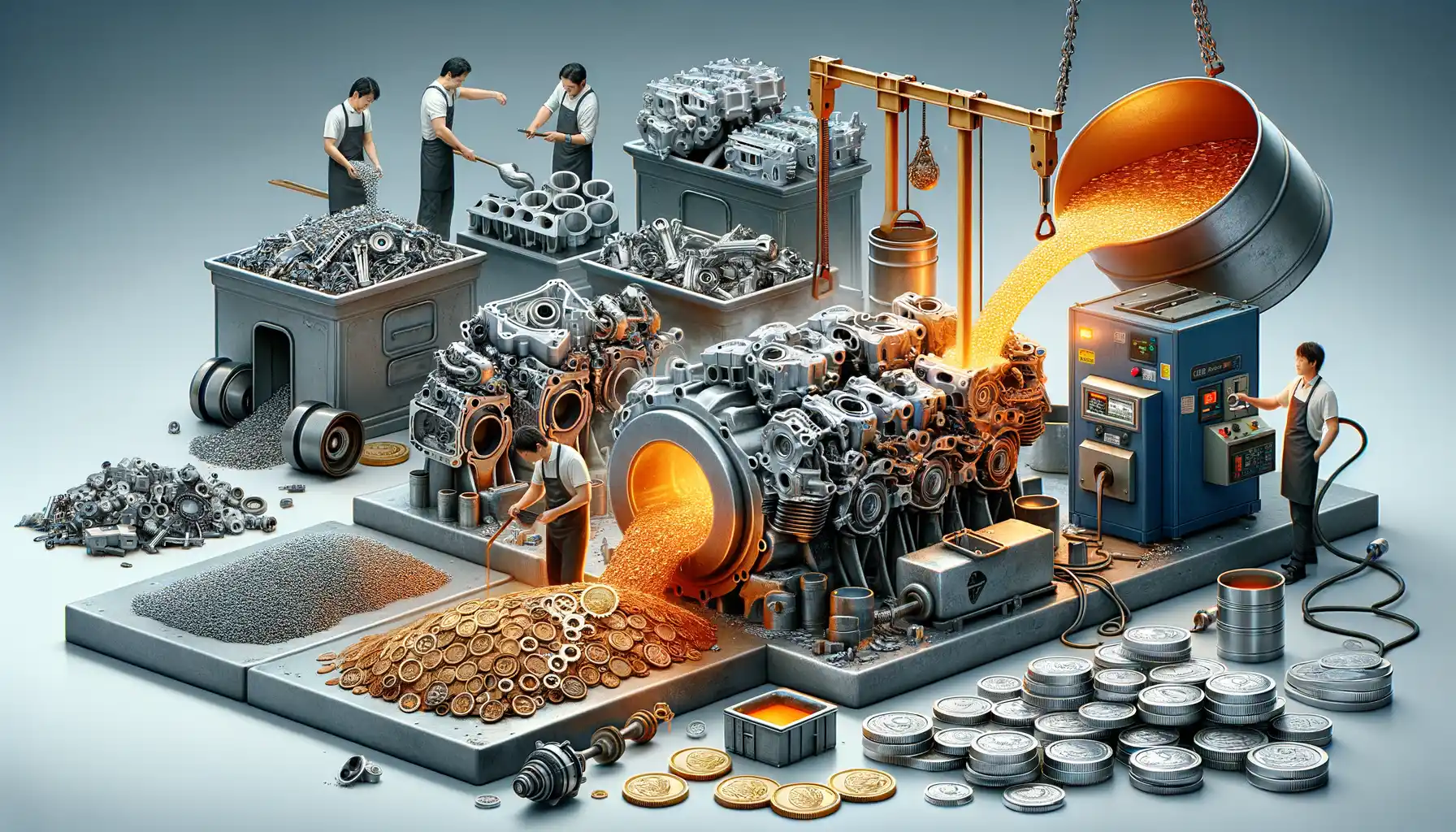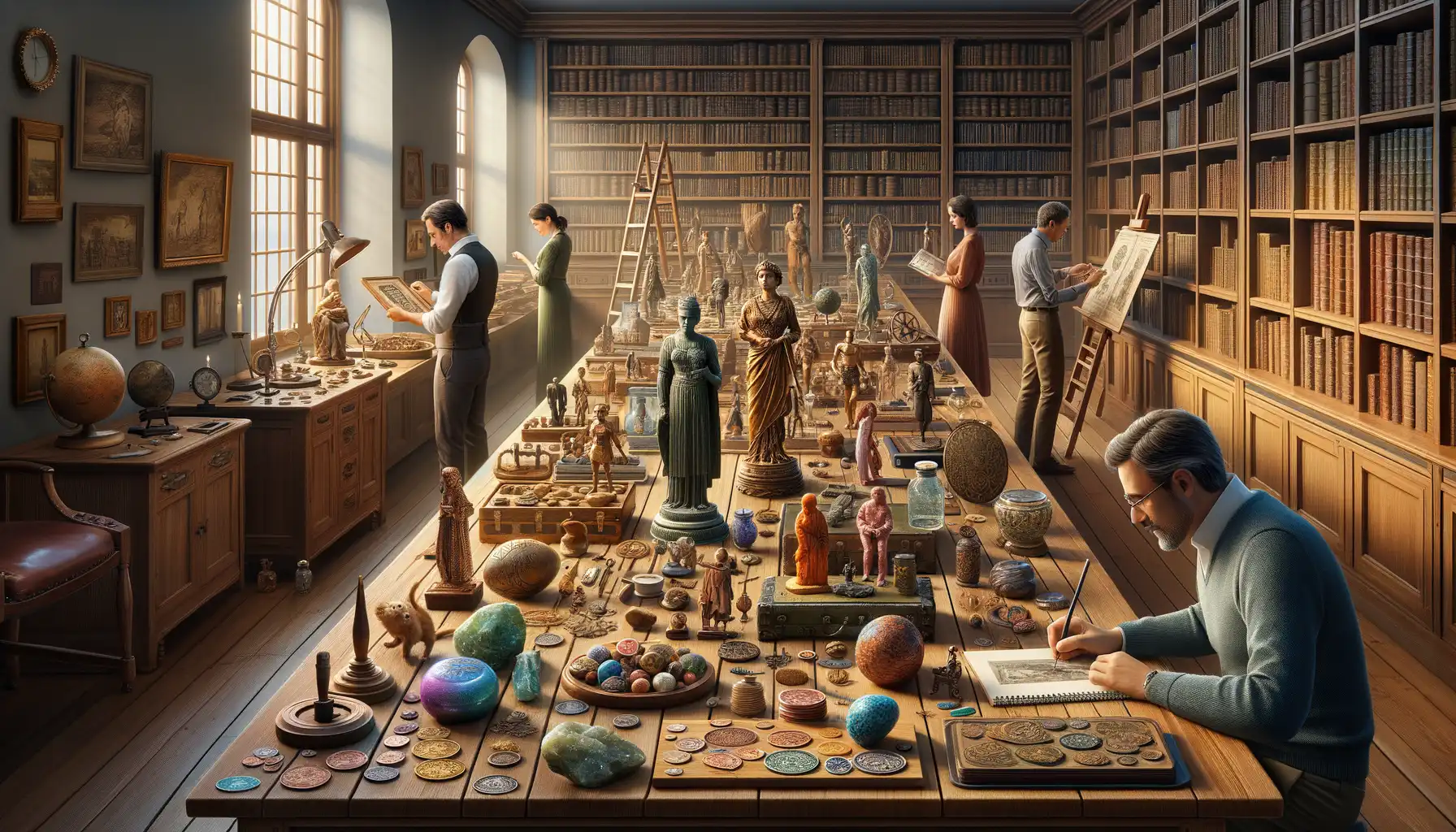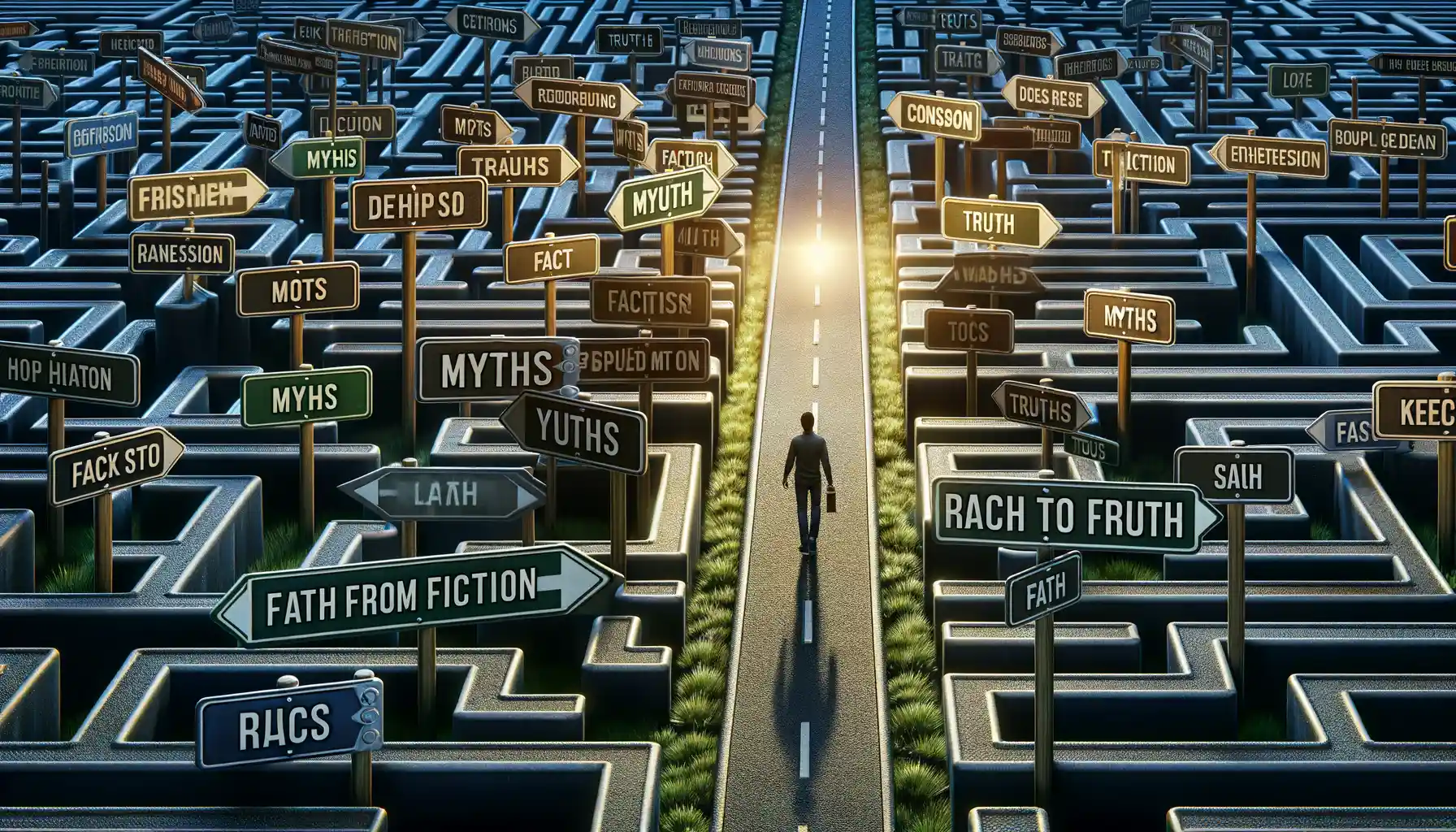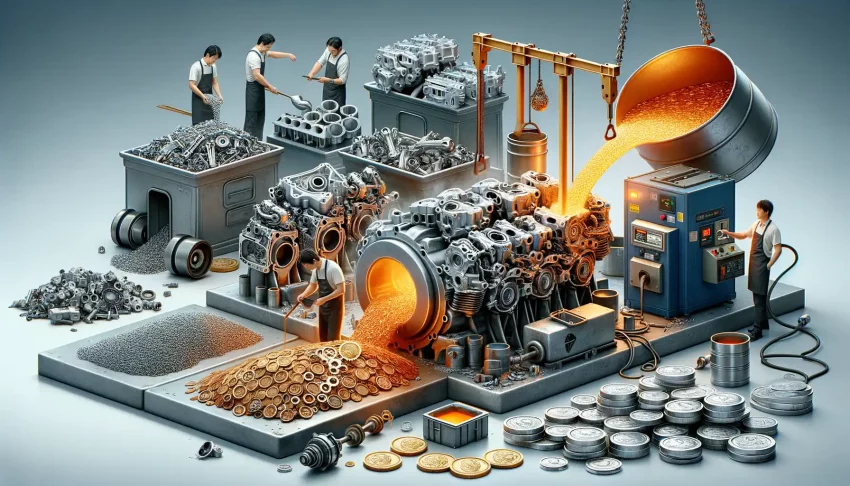The Origin of the Coins: Exploring the Claims
There’s something almost magical about the idea of coins forged from the bones of a bygone era—classic cars that once roared down highways and dazzled onlookers. But where did this captivating claim come from? Buckle up, because digging into the origins of these coins feels like tracing an oil-smudged map full of twists and turns.
The Spark Behind the Story
Rumors of coins minted from scrapped classic car parts started in niche automotive circles, fueled by whispers of companies buying up rusted-out legends like the Jaguar E-Type or the beloved 1967 Mustang Fastback. The idea took off like wildfire: the notion that melted chrome bumpers or retired engine blocks could be reincarnated as pocket-sized treasures was simply irresistible.
And who wouldn’t fall for it? Imagine holding a trinket that might’ve once been part of James Bond’s Aston Martin, or an iconic VW Microbus brimming with road-trip memories. It’s nostalgia, artistry, and exclusivity wrapped into one shiny story.
The Claims That Keep Enthusiasts Talking
- Marketing genius or miracle truth? Some businesses boast limited-edition collections supposedly made from famous vintage models.
- Documented proof versus anecdotal allure: Collectors often share certificates claiming authenticity, but skeptics question how much “car DNA” these coins truly contain.
- Name-dropping galore: Classic brands like Porsche and Ferrari are frequently mentioned, adding to the mystique (and the price tags).
The truth behind these claims? Well, let’s just say it’s as elusive as finding pristine original upholstery in a 1954 Corvette. But one thing is certain: the story itself is worth savoring.
Process of Turning Car Parts into Coins

Breathing New Life into Aged Steel
Imagine the journey: a rust-bitten hood from a vintage Mustang or the piston of a once-roaring Jaguar now lies forgotten, weathered by time. What happens next? These seemingly useless relics undergo a magical transformation, swapping their former lives for a gleaming second act.
The process begins with meticulous dismantling. Skilled hands separate usable metals like aluminum, copper, and iron from non-metal components. The goal? Salvage every ounce of classic car DNA. Next comes the melting stage—a smelting furnace roars to life, turning these salvaged treasures into molten metal. With temperatures climbing past 1,000 degrees Fahrenheit, it’s like watching a phoenix rise from the ashes.
Crafting the actual coins requires astonishing precision. The molten metal is poured into molds, cooled down, and refined into thin sheets. Then, specialized presses strike each design onto the coin, ensuring every detail shines.
- Every coin is imbued with the spirit of automotive history.
- Every scratch, ridge, and emblem tells a story of speed, craftsmanship, and adventure.
This isn’t just recycling—it’s resurrection for those who cherish nostalgia and artistry.
Notable Examples and Collectors’ Stories

Stories That Prove Truth Can Be Stranger Than Fiction
Imagine owning a piece of history – not just any history, but a chunk of a rusted-out, roaring legend on wheels transformed into a collectible you can hold in your palm. These coins, crafted from pieces of iconic classic cars, carry tales as thrilling as the lives of the vehicles they once helped ignite.
Take, for instance, the case of the 1964 Aston Martin DB5, a car synonymous with James Bond himself. A collector from London discovered a coin said to contain metal from one such vehicle auctioned after a fiery crash during a promotional event. Holding it felt like gripping a slice of spy cinema magic.
Or consider the buzz around coins minted from remnants of Ford Mustangs that lived and died on the drag strip. One prominent collector claimed his coin’s uneven surface still bore the faintest scent of burned rubber – a wild leap, perhaps, but isn’t half the joy of collecting in the imagining?
- A coin reportedly made from pieces of a 1957 Chevy Bel Air dismantled in Cuba – whispers of forbidden roads.
- Fragments of Germany’s beloved VW Beetle, tied to stories of counterculture road trips.
When Collectors Speak: Legends and Love Affairs
Dive into the stories shared by collectors, and you’ll find moments of sheer delight and disbelief. One collector in California swears his prized possession – a coin supposedly forged from a stripped-down Jaguar E-Type – carries the patina of adrenaline-fueled open-road adventures. He often jokes that it’s “the cheapest Jaguar he’s ever owned, yet the most priceless.”
Then there’s the peculiar account from New Zealand featuring a coin linked to an old-school DeLorean DMC-12. The coincidence? Its owner happens to be a die-hard fan of Back to the Future. Whether real or imagined, the storylines these coins spark are as captivating as the roar of a V8 engine ripping through time.
Debunking Myths and Separating Fact from Fiction

The Rumors That Won’t Quit
Have you ever heard someone swear their coin collection contains a piece of a legendary classic car—like a chunk of a 1967 Mustang or a scrap from a Corvette Stingray? It’s a seductive story, right? But let’s slow down and give these tales a closer look. There are plenty of myths floating around, and not all of them hold water.
For instance, some claim that coins minted from scrapped car parts are “purely” made of vintage metal. Here’s the tricky truth: depending on the minting process, these coins often include alloys or other materials to make them durable. Imagine trying to mold rusty old chrome straight into a perfect coin—sounds messy, doesn’t it?
Separating Shine from Shadow
Still wondering how to spot fact from fiction? Keep these key things in mind:
- Documentation matters: A legitimate coin should come with a certificate of authenticity, outlining its origin and material details.
- Too good to be true: If someone claims their coin is 100% made from a Ferrari’s engine block, pause! Most processes blend materials for practical reasons.
- Beware of mass production: Some coins are just clever marketing ploys—not unique pieces tied to a car’s history.
Letting your imagination run wild is part of the fun. But when fantasy overshadows reality, it’s time to dig into the details!
Why the Concept Captures Public Interest

The Allure of History Cast in Metal
There’s something absolutely captivating about holding a piece of history—especially when that history once roared down a winding road. The idea of coins minted from scrapped classic car parts taps into a deep emotional connection. These aren’t just trinkets; they’re tangible echoes of the past, forged from the very materials that once defined automotive greatness. Imagine clutching a coin made from the hood of a rusting Aston Martin or the wing panel of a long-retired Ferrari. Doesn’t it feel like unlocking a time machine?
For car enthusiasts, this concept feels like poetry in metal—the perfect marriage of engineering and art. And for collectors? It’s treasure hunting with a twist. What could be more thrilling than owning a fragment of a bygone era turned into something entirely new?
- The story behind each coin is as unique as the vehicle it came from.
- It bridges generations: a tangible link between heritage and modern craftsmanship.
When Passion Meets Sustainability
But let’s not forget another layer to this fascination: sustainability. In an age where repurposing and environmental consciousness are celebrated, transforming the skeletons of classic cars into coins feels like an ingenious rebirth. Those rusty panels and worn-out bolts that might have languished in scrapyards? They now gleam with new life, creating something meaningful instead of wasting away.
This duality—honoring the past while embracing a greener future—is what truly sparks public imagination. It’s not just about the cars or the coins; it’s about the bigger story of creativity and care for our shared world.




